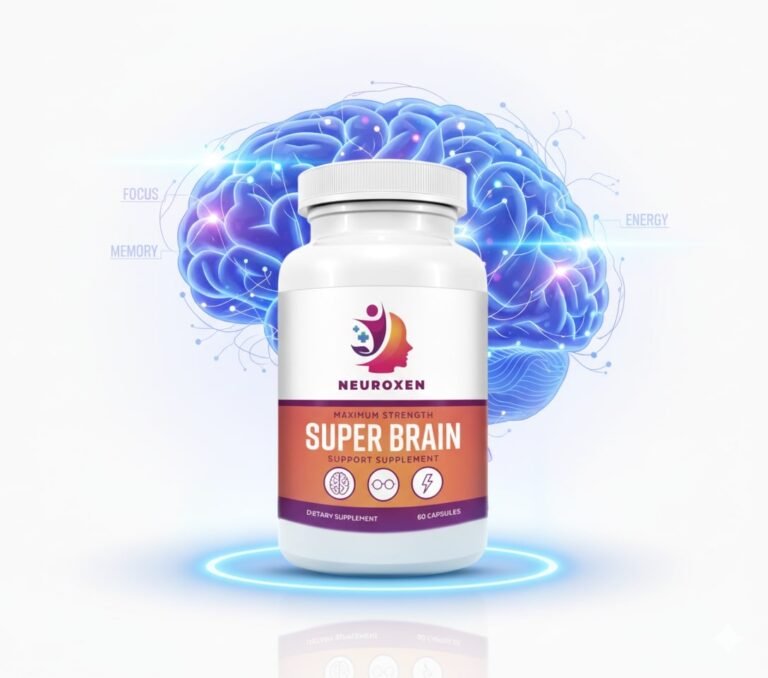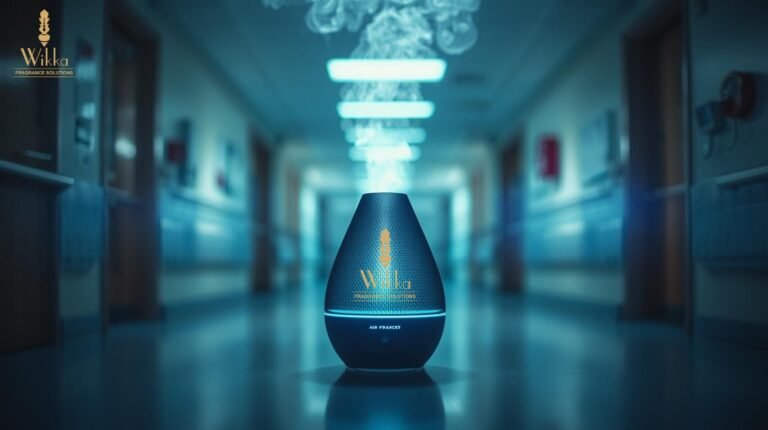Artificial Intelligence (AI) chatbots are no longer futuristic tools — they’ve become core assets for customer service, sales, and workflow automation. With advancements in Natural Language Processing (NLP) and Generative AI, modern chatbots can understand context, hold conversations, and even take autonomous actions.
But here’s the truth: building an AI chatbot from scratch is complex. That’s where AI chatbot development frameworks come in. These frameworks provide pre-built tools, libraries, and APIs that make it faster and easier to create intelligent, scalable, and secure bots.
In this guide, we’ll explore the top AI chatbot development frameworks in 2025, their features, pros, and ideal use cases — so you can choose the right one for your business or project.
🔹 What Is a Chatbot Development Framework?
A chatbot development framework is a software toolkit that simplifies the creation of chatbots by providing:
-
Natural Language Understanding (NLU/NLP) modules.
-
Predefined conversation flows.
-
APIs for integration with CRMs, databases, and third-party tools.
-
Multi-channel support (web, mobile, WhatsApp, Messenger, Slack, etc.).
-
Analytics and monitoring tools.
Think of it as the foundation and toolbox you use to build a chatbot — instead of reinventing the wheel every time.
🔹 Why Use a Framework Instead of Building from Scratch?
✔ Saves development time & cost.
✔ Provides tested, scalable architecture.
✔ Enables multi-channel deployment out of the box.
✔ Offers NLP/ML models tuned for chatbot conversations.
✔ Ensures security, compliance, and analytics.
Unless you’re a large enterprise building a fully custom AI assistant, leveraging frameworks is the smartest choice.
🔹 Top AI Chatbot Development Frameworks in 2025
1. Google Dialogflow
Best for: Businesses needing multilingual, omnichannel chatbots.
-
Key Features:
-
Powerful NLP engine for intent recognition.
-
Built-in integrations with Google Cloud, Firebase, WhatsApp, Messenger.
-
Supports voice and text-based bots.
-
Prebuilt industry templates for banking, healthcare, e-commerce.
-
-
Pros:
✅ Easy to use with minimal coding.
✅ Strong integration with Google ecosystem.
✅ Supports over 30+ languages. -
Cons:
❌ Less customizable compared to open-source options.
❌ Pricing can scale quickly with high usage.
2. Microsoft Bot Framework + Azure Bot Service
Best for: Enterprise-grade chatbots with workflow automation.
-
Key Features:
-
Full bot-building SDK for C#, JavaScript, and Python.
-
Deep integration with Microsoft Teams, Dynamics 365, and Office 365.
-
Rich dialog management system.
-
Azure Cognitive Services add-on for speech, vision, and sentiment analysis.
-
-
Pros:
✅ Great for enterprises already using Microsoft ecosystem.
✅ Highly scalable on Azure cloud.
✅ Strong developer community. -
Cons:
❌ Requires technical expertise.
❌ Overkill for small businesses.
3. Rasa (Open Source)
Best for: Developers & enterprises needing custom, flexible, on-premise bots.
-
Key Features:
-
Open-source, Python-based chatbot framework.
-
Full control over NLU pipeline and dialog management.
-
On-premise deployment for data privacy.
-
Active open-source community with plugins.
-
-
Pros:
✅ No vendor lock-in.
✅ Customizable to unique business workflows.
✅ Great for regulated industries like banking & healthcare. -
Cons:
❌ Requires advanced development skills.
❌ No “drag-and-drop” interface.
4. Botpress
Best for: Developers seeking a modular, open-source framework with UI tools.
-
Key Features:
-
Visual conversation builder.
-
NLP powered by spacy.js & transformers.
-
Easy integration with CRMs and APIs.
-
Hybrid deployment: cloud or on-premise.
-
-
Pros:
✅ Combines developer flexibility with low-code tools.
✅ Transparent and cost-effective.
✅ Strong analytics dashboards. -
Cons:
❌ Smaller community than Rasa.
❌ Scaling large enterprise bots may need customization.
5. IBM Watson Assistant
Best for: Enterprises needing AI-driven customer service chatbots.
-
Key Features:
-
Advanced NLU engine.
-
Pre-trained industry-specific models.
-
Seamless integrations with Salesforce, Zendesk, and ERP systems.
-
Handles complex, multi-turn conversations.
-
-
Pros:
✅ Great accuracy for enterprise use cases.
✅ Strong analytics and insights.
✅ Enterprise-grade security. -
Cons:
❌ Expensive compared to alternatives.
❌ More suitable for large organizations than startups.
6. Amazon Lex (AWS)
Best for: Voice + text chatbots integrated with AWS.
-
Key Features:
-
Same NLP engine as Amazon Alexa.
-
Built-in speech-to-text and text-to-speech.
-
AWS Lambda integration for serverless workflows.
-
Deploy across web, mobile, and contact centers.
-
-
Pros:
✅ Strong for voice-enabled bots.
✅ Easy AWS ecosystem integration.
✅ Scalable and reliable. -
Cons:
❌ Steeper learning curve than Dialogflow.
❌ Costs can rise quickly with usage.
7. Wit.ai (Meta/Facebook)
Best for: Social media bots (Messenger, Instagram, WhatsApp).
-
Key Features:
-
Natural Language Processing API.
-
Works natively with Messenger and WhatsApp Business API.
-
Developer-friendly, free to use.
-
-
Pros:
✅ Free and open to developers.
✅ Best for Facebook ecosystem integrations. -
Cons:
❌ Limited customization for enterprise bots.
❌ Less robust for complex workflows.
8. Kore.ai
Best for: Enterprises needing omnichannel AI assistants.
-
Key Features:
-
Low-code platform with AI-powered assistants.
-
Pre-built solutions for banking, healthcare, insurance.
-
Strong analytics and monitoring.
-
-
Pros:
✅ Designed for enterprise-grade deployments.
✅ Supports voice, chat, and multimodal bots. -
Cons:
❌ Licensing costs are high.
❌ Less suitable for startups.
9. Tidio (SMB-Friendly)
Best for: Small and medium-sized businesses needing quick deployment.
-
Key Features:
-
Drag-and-drop chatbot builder.
-
Pre-built templates for e-commerce and support.
-
Integration with Shopify, WooCommerce, and HubSpot.
-
-
Pros:
✅ Affordable pricing.
✅ Easy setup with no coding required. -
Cons:
❌ Limited scalability for enterprises.
❌ Less advanced NLP compared to Rasa/Watson.
🔹 Factors to Consider When Choosing a Framework
-
Business Size & Budget
-
Startup → Tidio, Dialogflow.
-
SMB → Botpress, Wit.ai.
-
Enterprise → IBM Watson, Rasa, Microsoft Bot Framework.
-
-
Use Case
-
Customer Support → Dialogflow, Watson.
-
Workflow Automation → Microsoft Bot, Rasa.
-
E-commerce → Tidio, Kore.ai.
-
Voice Bots → Amazon Lex, Dialogflow.
-
-
Deployment Needs
-
Cloud-native → Dialogflow, Azure Bot.
-
On-premise (for compliance) → Rasa, Botpress.
-
-
AI Complexity
-
Rule-based/simple → Tidio.
-
Advanced NLP/ML → Rasa, Watson, Microsoft.
-
🔹 Future of AI Chatbot Frameworks
In 2025 and beyond, frameworks will evolve with:
-
Generative AI integration → bots that create responses on the fly.
-
Multi-agent collaboration → different bots working together.
-
Hyper-personalization → bots adapting to user behavior in real time.
-
Voice-first interfaces → hands-free, conversational commerce.
🔹 Conclusion
The right chatbot framework can make or break your AI chatbot strategy. While Dialogflow, Rasa, and Microsoft Bot Framework dominate the space, niche platforms like Botpress, Kore.ai, and Tidio cater to specific needs.
👉 Key takeaway:
-
Start with your business goal → then choose a framework that balances ease of development, scalability, and cost-efficiency.
In the fast-moving world of conversational AI, your chatbot is more than just a support tool — it’s a digital employee that can drive sales, improve customer experience, and automate workflows.





